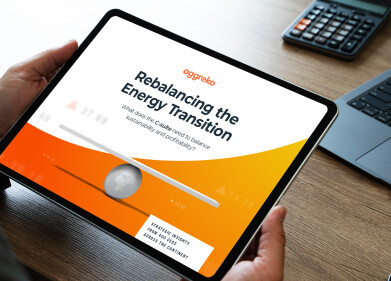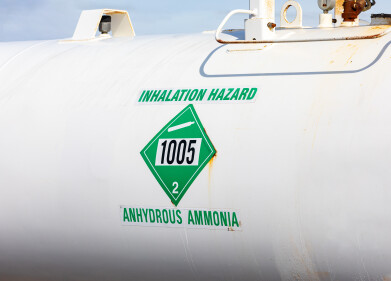Fuel for thought
ASTM Regulations - Definitions and Education
Oct 21 2021
As fall meetings are starting, here’s a refresher (or an introduction) about the six types of ASTM International standards.
These standards types are intended to provide a flexibility of form, communication, and usage for both the technical committees and the myriad users of ASTM documents. The type of ASTM document that is developed and titled is based on the technical content and intended use, not on the degree of consensus achieved. (Every standard must successfully go through the consensus balloting process.) Standards can be take one of the following forms and types:
Classification, n — a systematic arrangement or division of materials, products, systems, or services
into groups based on similar characteristics such as origin, composition, properties, or use.
Guide, n — a compendium of information or series of options that does not recommend a specific course of action.
Discussion — A guide increases the awareness of information and approaches in a given subject area.
Practice, n — a set of instructions for performing one or more specific operations that does not produce a test result.
Discussion — Examples of practices include, but are not limited to: application, assessment, cleaning, collection, decontamination, inspection, installation, preparation, sampling, screening, and training.
Specification, n — an explicit set of requirements to be satisfied by a material, product, system or service.
Discussion — Examples of specifications include, but are not limited to requirements for: physical, mechanical, or chemical properties, and safety, quality, or performance criteria.
A specification identifies the test methods for determining whether each of the requirements is satisfied.
Terminology, n — a document comprising definitions of terms; explanations of symbols,
abbreviations, or acronyms.
Test method, n — a definitive procedure that produces a test result.
Discussion — Examples of test methods include, but are not limited to: identification, measurement, and evaluation of one or more qualities, characteristics, or properties. A precision and bias statement shall be reported at the end of a test method.
Digital Edition
PIN 25.5 Oct/Nov 2024
November 2024
Analytical Instrumentation - Picturing Viscosity – How Can a Viscometer or a Rheometer Benefit You? - Sustainable Grease Formulations: Evaluating Key Performance Parameters and Testing Method...
View all digital editions
Events
Jan 20 2025 San Diego, CA, USA
Jan 22 2025 Tokyo, Japan
Jan 25 2025 San Diego, CA, USA
SPE Hydraulic Fracturing Technology Conference and Exhibition
Feb 04 2025 The Woodlands, TX, USA
Feb 05 2025 Guangzhou, China



















